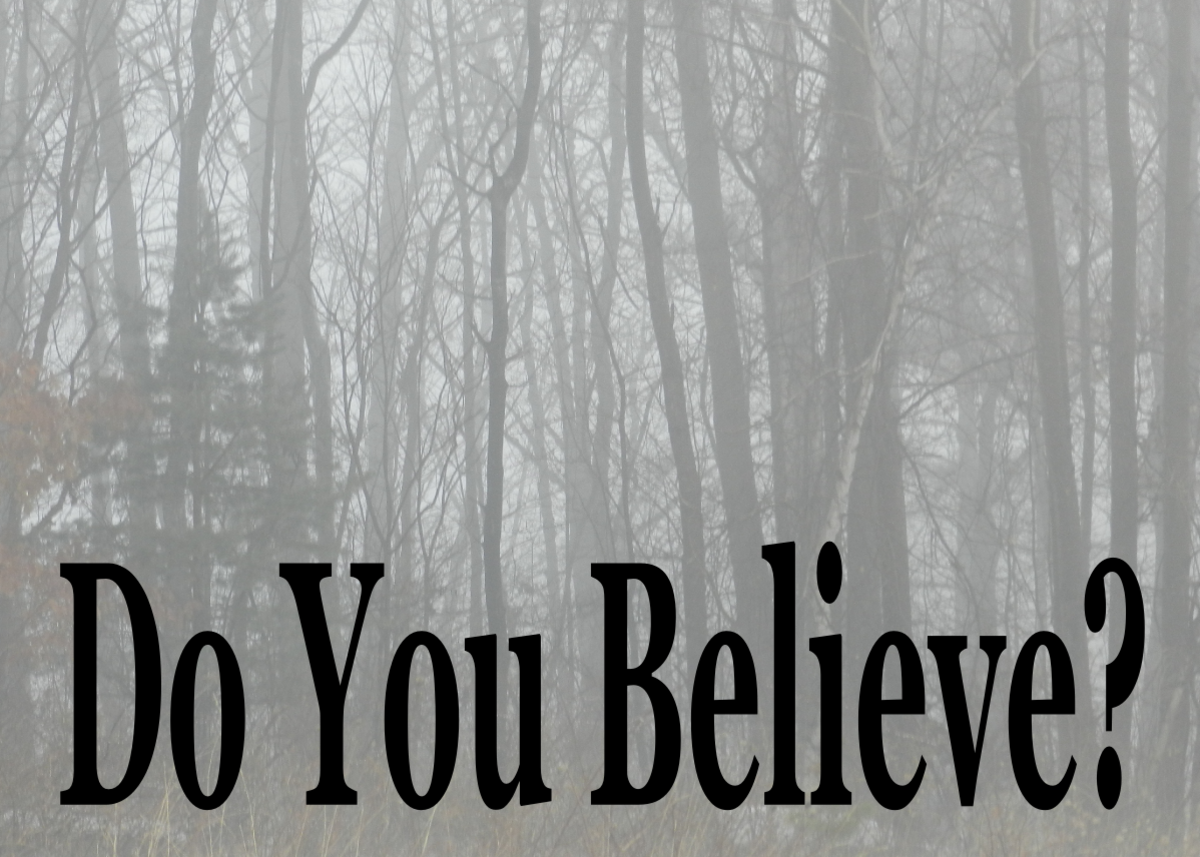In the fall of 2009, the Cornell University undergraduate had come across a posting for a job in the lab of one of the world’s best-known social psychologists. A short while later, she found herself in a conference room, seated alongside several other undergraduate women. “Have you guys heard of extrasensory perception?” Daryl Bem asked the students. They shook their heads.
While most labs in the psych department were harshly lit with fluorescent ceiling bulbs, Bem’s was set up for tranquility. A large tasseled tapestry stretched across one wall, and a cubicle partition was draped with soft, black fabric. It felt like the kind of place where one might stage a séance.
“Well, extrasensory perception, also called ESP, is when you can perceive things that are not immediately available in space or time,” Bem said. “So, for example, when you can perceive something on the other side of the world, or in a different room, or something that hasn’t happened yet.”
It occurred to Wu that the flyer might have been a trick. What if she and the other women were themselves the subjects of Bem’s experiment? What if he were testing whether they’d go along with total nonsense?
“I know this sounds kind of out there,” Wu remembers Bem saying, “but there is evidence for ESP, and I really believe it. But I don’t need you to believe it. In fact, it’s better if you don’t. It’s better if I can say, ‘Even my staff don’t believe in this.’ ”
As Bem went on, Wu began to feel more at ease. He seemed genuine and kind, and he wasn’t trying to convert her to his way of thinking. OK, so maybe there’s going to be a you-got-punked moment at the end of this, she thought, but at least this guy will pay me.
In truth, Bem had no formal funding for his semisecret research program. For nearly a decade, he’d been paying undergraduates like Wu out of his own pocket, to help him demonstrate that we all possess some degree of precognition—a subtle sense of what will happen in the future. He rarely came into the lab himself, so he’d leave his lab assistants an envelope stuffed with bills. They dispensed $5 from the kitty to each subject they ran through the experiment.
For the rest of that semester and into the one that followed, Wu and the other women tested hundreds of their fellow undergrads. Most of the subjects did as they were told, got their money, and departed happily. A few students—all of them white guys, Wu remembers—would hang around to ask about the research and to probe for flaws in its design. Wu still didn’t believe in ESP, but she found herself defending the experiments to these mansplaining guinea pigs. The methodology was sound, she told them—as sound as that of any other psychology experiment.
In the spring of 2010, not long after Wu signed on, Bem decided he’d done enough to prove his claim. In May, he wrote up the results of his 10-year study and sent them off to one of his field’s most discerning peer-reviewed publications, the Journal of Personality and Social Psychology. (JPSP turns away some 85 percent of all submissions, making its acceptance rate comparable to that of the Cornell admissions office.) This was the same journal where Bem had published one of the first papers of his career, way back in 1965. Now he would return to JPSP with the most amazing research he’d ever done—that anyone had ever done, perhaps. It would be the capstone to what had already been a historic 50-year career.
Having served for a time as an associate editor of JPSP, Bem knew his methods would be up to snuff. With about 100 subjects in each experiment, his sample sizes were large. He’d used only the most conventional statistical analyses. He’d double- and triple-checked to make sure there were no glitches in the randomization of his stimuli.
Even with all that extra care, Bem would not have dared to send in such a controversial finding had he not been able to replicate the results in his lab, and replicate them again, and then replicate them five more times. His finished paper lists nine separate ministudies of ESP. Eight of those returned the same effect.
Bem’s 10-year investigation, his nine experiments, his thousand subjects—all of it would have to be taken seriously. He’d shown, with more rigor than anyone ever had before, that it might be possible to see into the future. Bem knew his research would not convince the die-hard skeptics. But he also knew it couldn’t be ignored.
When the study went public, about six months later, some of Bem’s colleagues guessed it was a hoax. Other scholars, those who believed in ESP—theirs is a small but fervent field of study—saw his paper as validation of their work and a chance for mainstream credibility.
But for most observers, at least the mainstream ones, the paper posed a very difficult dilemma. It was both methodologically sound and logically insane. Daryl Bem had seemed to prove that time can flow in two directions—that ESP is real. If you bought into those results, you’d be admitting that much of what you understood about the universe was wrong. If you rejected them, you’d be admitting something almost as momentous: that the standard methods of psychology cannot be trusted, and that much of what gets published in the field—and thus, much of what we think we understand about the mind—could be total bunk.
If one had to choose a single moment that set off the “replication crisis” in psychology—an event that nudged the discipline into its present and anarchic state, where even textbook findings have been cast in doubt—this might be it: the publication, in early 2011, of Daryl Bem’s experiments on second sight.
The replication crisis as it’s understood today may yet prove to be a passing worry or else a mild problem calling for a soft corrective. It might also grow and spread in years to come, flaring from the social sciences into other disciplines, burning trails of cinder through medicine, neuroscience, and chemistry. It’s hard to see into the future. But here’s one thing we can say about the past: The final research project of Bem’s career landed like an ember in the underbrush and set his field ablaze.
Source/Contunued






















